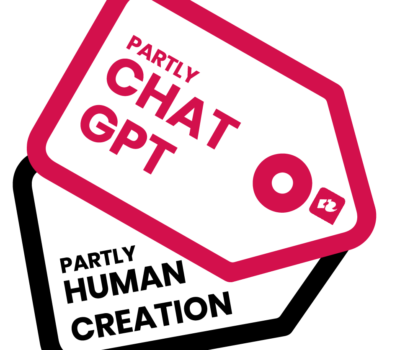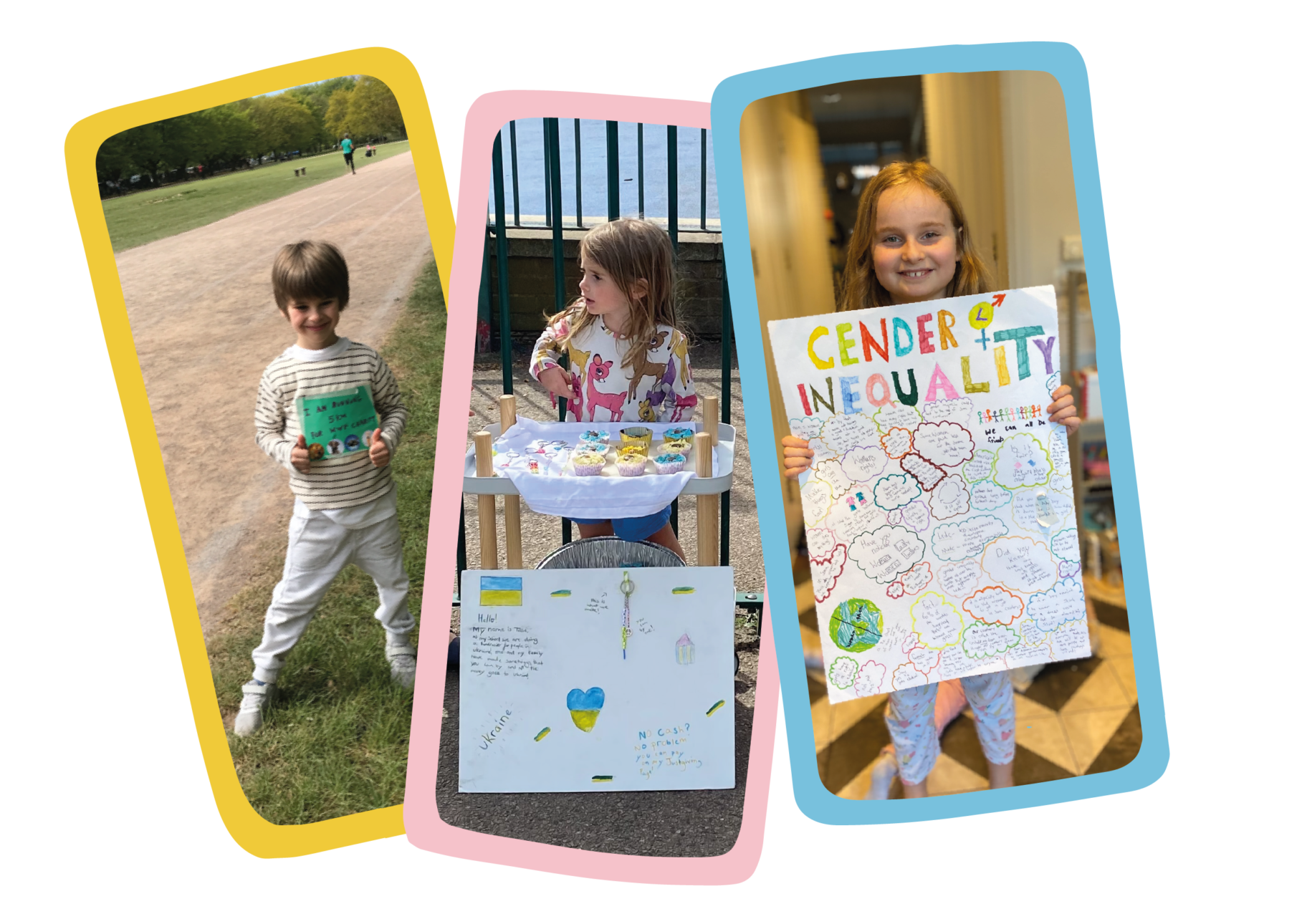


By Keren Mitchell, Founder of SuperKind
Ask any teacher why they joined the profession and they’ll often say that they wanted to make a difference. Educators have a unique opportunity to inspire the next generation. Every lesson really does shape a life.
One of the most powerful ways we can do this is by encouraging social action in the classroom. Children today are more motivated than ever to enact positive change, but research suggests that the current education system might not be arming them with the skills they need. So how can teachers help?
Social action helps children to develop important skills and values like critical thinking, open-mindedness, empathy, hope and collaboration. And the good news is that it can be easily integrated into everyday teaching. There are endless opportunities to combine regular lessons with social action and enrich students’ learning while having a positive impact on the world around them.
Take Science, for example, where many of the National Curriculum topics open up a dialogue on important topics such as climate change, plastic pollution and loss of biodiversity. Likewise in Geography children learn about ‘the distribution of natural resources including food, minerals and water’ – which creates an opportunity to discuss problems such as food waste, hunger and water scarcity.
Here are 4 ways that teachers can revolutionise national curriculum criterion into an enriching change-making journey!
Teach about global problems
The National Curriculum opens the doors to teaching all sorts of important problems be that climate change, food poverty, LGBTQ+, gender equality, and more! It’s our role as educators to walk children through those doors and onto a social action journey. We know that children are naturally caring, curious, enthusiastic and empathetic. And when they learn about an important problem, it sparks a fire inside their belly and an incredible desire to make a difference.
Inspire with change-maker stories
Let Isaac Newton, Martin Luther King and Florence Nightingale, step aside for a minute and inspire kids with stories of other kids who’ve changed the world. There are scores of unsung young heroes who have made a genuine difference to the causes they most care about. Like Lesein Mutunkei who rounded local football clubs and schools together pledging to plant a tree for every football goal scored, planting over 1,400 in the first two years. Or 11-year-old Jack Berne who decided to host a farmer themed dress-up day called ‘A Fiver for a Farmer’, raising over £1,250,000 for farmers affected by droughts.
Guide students to take action
Of course, it’s not enough to just tell your students to go out and change the world – you need to give them the tools and support they need to succeed. Whether that’s providing a letter-writing template to write letters to your local MP to ask for more trees to be planted in the local council, or a poster-making toolkit to provide them with all the information that they need to make a poster to spread the word about a food bank donation drive in school.
What’s more: research from the University of Kent’s philanthropy department has found that children who take part in social action before the age of 10 are more than twice as likely to be philanthropic adults than those who do not. So, by teaching our children social action, we are not just making a difference in our current world but helping raise a more charitable generation.
Give students agency
The most important aspect of empowering children to take action and make a difference giving them as much agency as possible. Children should be afforded the choice about what action type they take and/or what charity they support. For example, if you are studying climate change, allow children to choose between writing a letter to their MP to ask for more trees to be planted in the local council, organising a peaceful climate protest, changing their diet to a more planet-friendly diet, or raising money for a number of climate-related charities such as WWF, Green Peace, Cool Earth, or CATF. We know that giving children this agency makes their experience richer and we frequently hear from adults how their experience of social action when they were young was life-changing.
If done right, by planting seeds of social action in our classrooms, we can help our students develop into responsible, engaged citizens who care about the world around them. Those seeds will grow and flourish long after our students have left our classrooms and I for one, would much rather students remember how good it felt to engage in meaningful social action, than that they remember the French word for potato or the angles in a parallelogram.